Common Post-Judgment Collection Tactics by Creditors
Below are a list of common tactics used by judgment creditors to collect on judgments in Texas.
Post-Judgment Discovery: discovery is a means of obtaining information. Creditors will often send post-judgment discovery requests (which require written responses from the judgment debtor) or seek a post-judgment deposition to ask a judgment debtor to identify any non-exempt assets or property or to identify bank accounts that might be subject to a garnishment.
Abstract of Judgment: creditors will file an abstract of judgment in the county property records in order to place a lien on any non-exempt real property owned by the judgment debtor in that county.
Writ of Garnishment: creditors will file a writ of garnishment to garnish any non-exempt funds in a judgment debtor’s bank account. While a creditor cannot garnish wages, once wages are deposited into a bank account, they can be seized if the bank account is garnished.
Writ of Execution: creditors will file a writ of execution to have a constable or sheriff seize any non-exempt property the judgment debtor owns, sell it, and remit the sale proceeds to the judgment creditor.
Turnover Order and Receivership: creditors will apply for a turnover order and/or appointment of a receiver to force the consumer to turn over all non-exempt property or assets to a designated constable, sheriff, or the court appointed receiver.
Collection Letters and Calls: creditors will generally continue to send letters or make collection calls to notify the judgment debtor about the outstanding judgment and any ongoing interest accumulation, and they will often threaten to take further collection actions if the debt remains unpaid.
CONTACT US if you are facing post-judgment collection efforts from a creditor.
